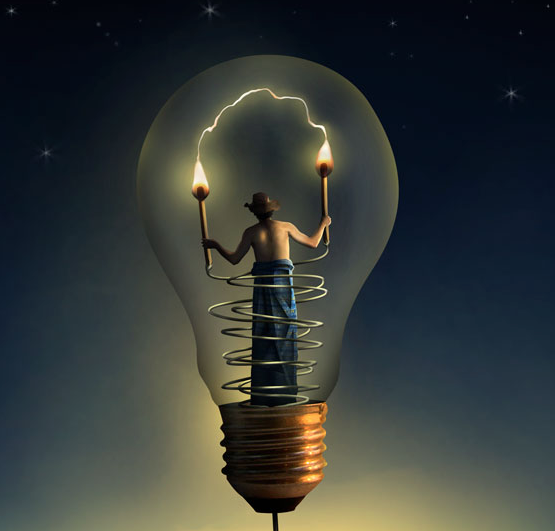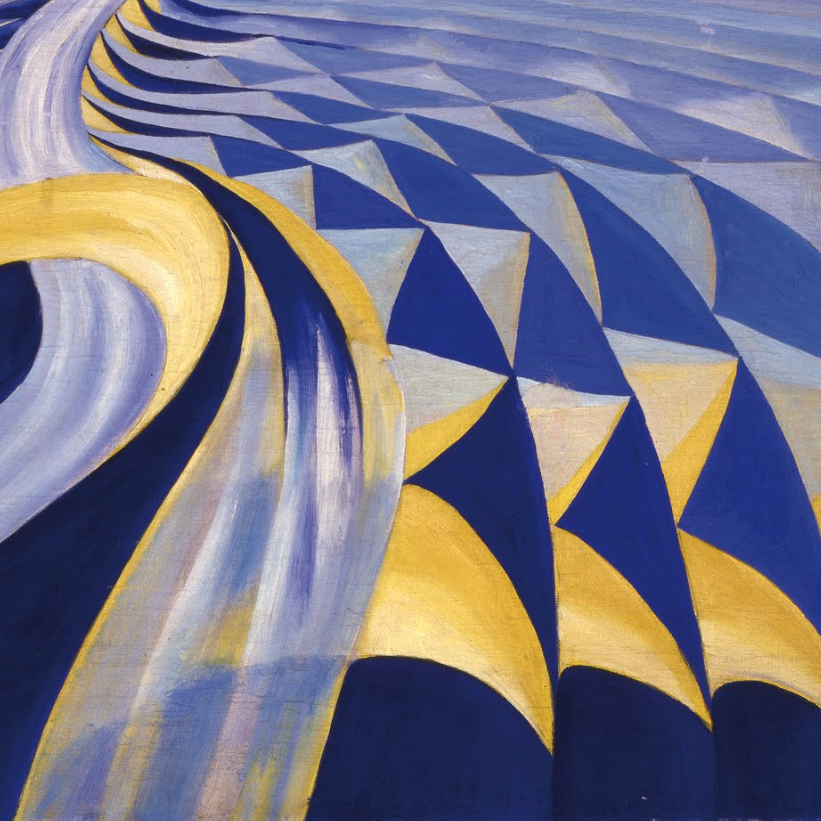Photoelectric Effect

What it's about:
Before Planck theorized light as « packets of energy », it was hard to understand why high frequency wavelengths of light could displace electrons from a material, and shorter wavelengths could not. This was at odds with the widely accepted principle that the energy from light was proportional to the intensity of the light (or brightness).
Albert Einstein explained this paradox by proposing not to see light as a wave, but as a particle.
The formula:
-
E=h•f eVoltsThe energy of one photon is equal to the Planck constant times the frequency of the photon.
-
E=K+W VoltsThe energy released by a photoelectric effect is equal to the kinetic energy of the photon plus the work function for the metal.
Albert Einstein

Born on march 14th 1879, in Ulm, Germany, Albert Einstein is, along with Newton, one of the most recognized scientists of all. He studied in Switzerland after his father relocated the family, and renounced his German citizenship to adopt become swiss at the turn of the century.
1905 is considered the miracle year for many scientists, as Einstein’s job at the patents office left him enough time to develop his theorems of relativity, and publish his four revolutionary papers.
Einstein received the Nobel prize in 1921, not for his theory of relativity (which was still questioned by many) but for his explanation of the photoelectric effect. He left Europe in 1933 for the US, where he contributed greatly to the manhattan projet during the war and where he died in 1955.
Discovery Description:
Einstein used Max Planck’s quantum theory to describe the minimum amount of energy required in a quanta to displace an electron in a material and made the revolutionnary hypothesis that light is actually composed of individual particles, the photons.
This was the birth of quantum physics
Where?
Related Topics:
Applications:
-
Industry:This discovery made photocells possible. They are very common on factory floors to count how many items are leaving the factory.
-
Cities:Photocells are used to automatically turn on and off street lights when the sun rises and sets.
-
Sustainability:The photoelectric effect is the groundstone of the technology in solar panels.



